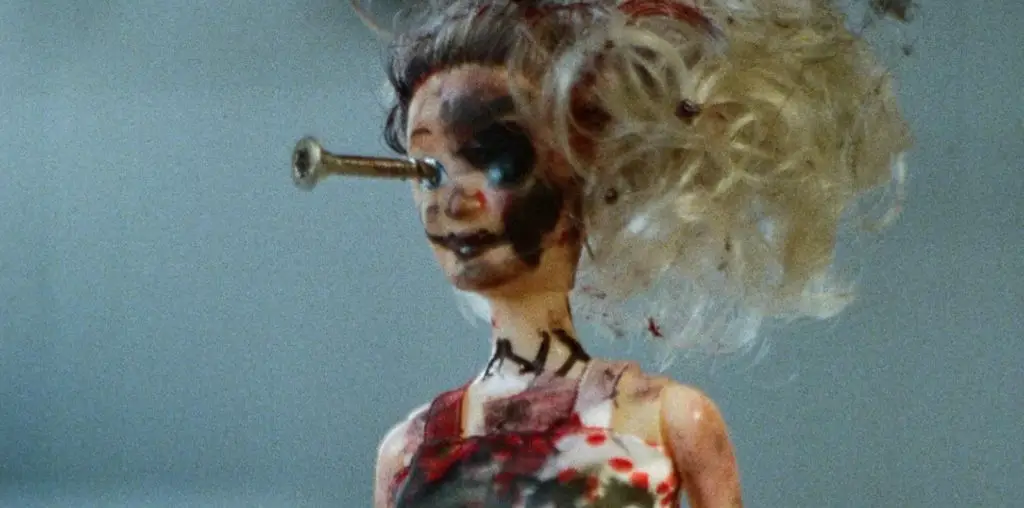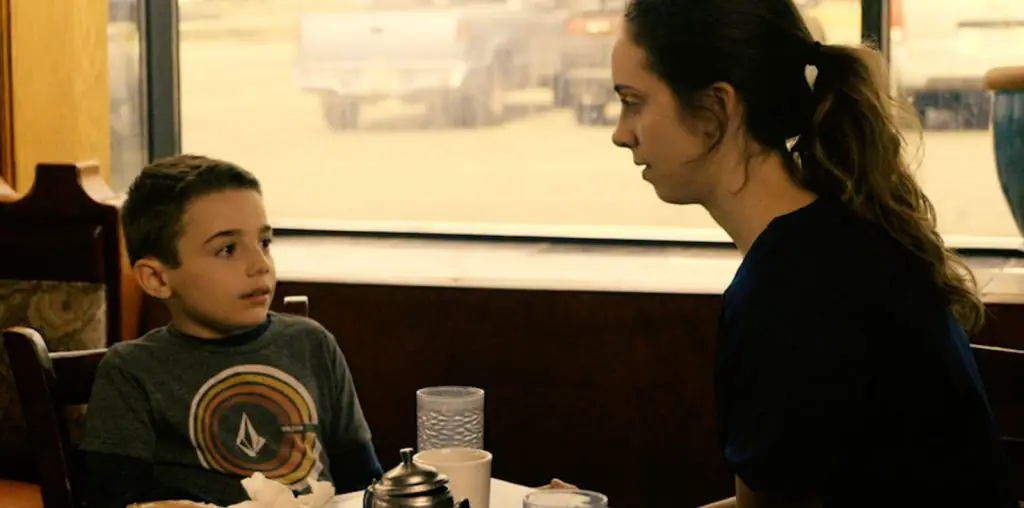
If there’s one thing we’ve learned at the cineplex, it’s that hell hath no fury like a teenage outcast with telekinetic powers. First time director Josh Trank brings us this variation on the Carrie theme updated for the age of faux found footage. Working from a smarter-than-average script by Max (son of John) Landis, he tells the story of three high school students who pretty much become their own science projects.
The cast is comprised of little known but capable, charismatic young actors. Dane DeHaan stars as Andrew, quite possibly the most troubled teen in movie history: In addition to being painfully shy, slight of build and a virgin, he’s forced to deal with a mother who’s dying a slow and painful death at home, an out-of-work alcoholic father who beats him, a pack of neighborhood toughs who beat him and a gang of vicious classmates who beat him.
Among the apparently minute percentage of suburban Seattle’s population which doesn’t routinely beat him are his cousin, Matt (Alex Russell), and newfound bud, Steve (Michael B. Jordan), whom he meets one fateful night at a rave. The party takes place in a barn beside a wooded area and all three wind up investigating a mysterious hole in the ground some distance from the fun. Andrew’s taken to videotaping his life for no discernible reason and dutifully records their subterranean discovery-an object that could be a crystal meteor, a space craft or just about anything really. The point is their exposure to it imbues them with telekinetic powers.
Which leads to the film’s finest hour, the part dedicated to portraying three typical teenaged boys as they goof around with their new gifts. What charm and sense of freshness Chronicle has derives entirely from these scenes. They film themselves at a supermarket where they will grocery carts up and down aisles like remote controlled toy cars. They make a teddy bear dance in midair to the astonishment of young shoppers at a department store. They direct a distant leaf blower to flip up the skirt of a blushing schoolmate. And, slowly but surely, they learn first to levitate and then to fly. It’s like Punk’d with super powers.
To this point, the picture is captivating and fun. The filmmakers achieve a naturalism that’s rare for the genre thanks to a combination of wisecracking dialogue and convincing performances. I’d have loved to see where they might have taken the story had they maintained this course. Unfortunately, Trank and Landis cave to the demands of formula and the result is a third act which lurches awkwardly and abruptly to the dark side.
Two things the world did not need: Another climactic fight sequence in which supertypes have it out while trashing a major metropolitan area and one more appropriation of the found footage gimmick popularized in The Blair Witch Project. Especially one in which the premise proves so totally extraneous to the moviegoing experience.
The idea that what we’re watching has been recorded by Andrew’s camera adds virtually nothing to the movie’s appeal. If anything, it gets in the way time and time again as the director clearly struggles to figure out how to place the character in a scene and still allow for his camera-or someone else’s-to be rolling. It’s so pointless Trank abandons the pretense in the end. Watch the finale and tell me who could possibly be filming. His crew, that’s who.
I’d like to believe that what’s being chronicled here is the death knell for all this found footage foolishness but, even without a super brain, know all too well more’s just around the corner.


I’m perplexed by reviews I see for this film in which the writer claims that Andrew is filming his life “for no discernible reason.” It’s made pretty clear in the very first scene of the movie that he starts filming specifically to document his dad’s abuse/deter his dad from physically abusing him, and then it was very clear, at least to me, that he kind of fell in love with the idea of his life as a movie and with having the camera between him and other people and kept filming because of that. I mean, if the constant “crane shots” he created of himself laying in bed by floating the camera around with his powers weren’t enough indication that the character had at least a minor obsession with himself and his own experience, I don’t know what kind of flashing, neon signs the filmmakers could have used, instead.
I think the found footage aspect can work when it is used well for the right reasons. That hasn’t been the case as of late, and I fear we are moving away from that at lightning speed.